The grasslands of the Masai Mara in Kenya and Tanzania’s Serengeti sweep you off your feet with stunning scenery and iconic wildlife. During the migration, millions of wildebeest and hundreds of thousands of zebras and other ungulates move through the landscape, feeding on the grasses and, in turn, providing food for others. In addition to the herds following the rains, many other species rely on this landscape for sustenance. It’s incredible to imagine the number of mouths this landscape feeds. We want to highlight just a few of them.
Zebra
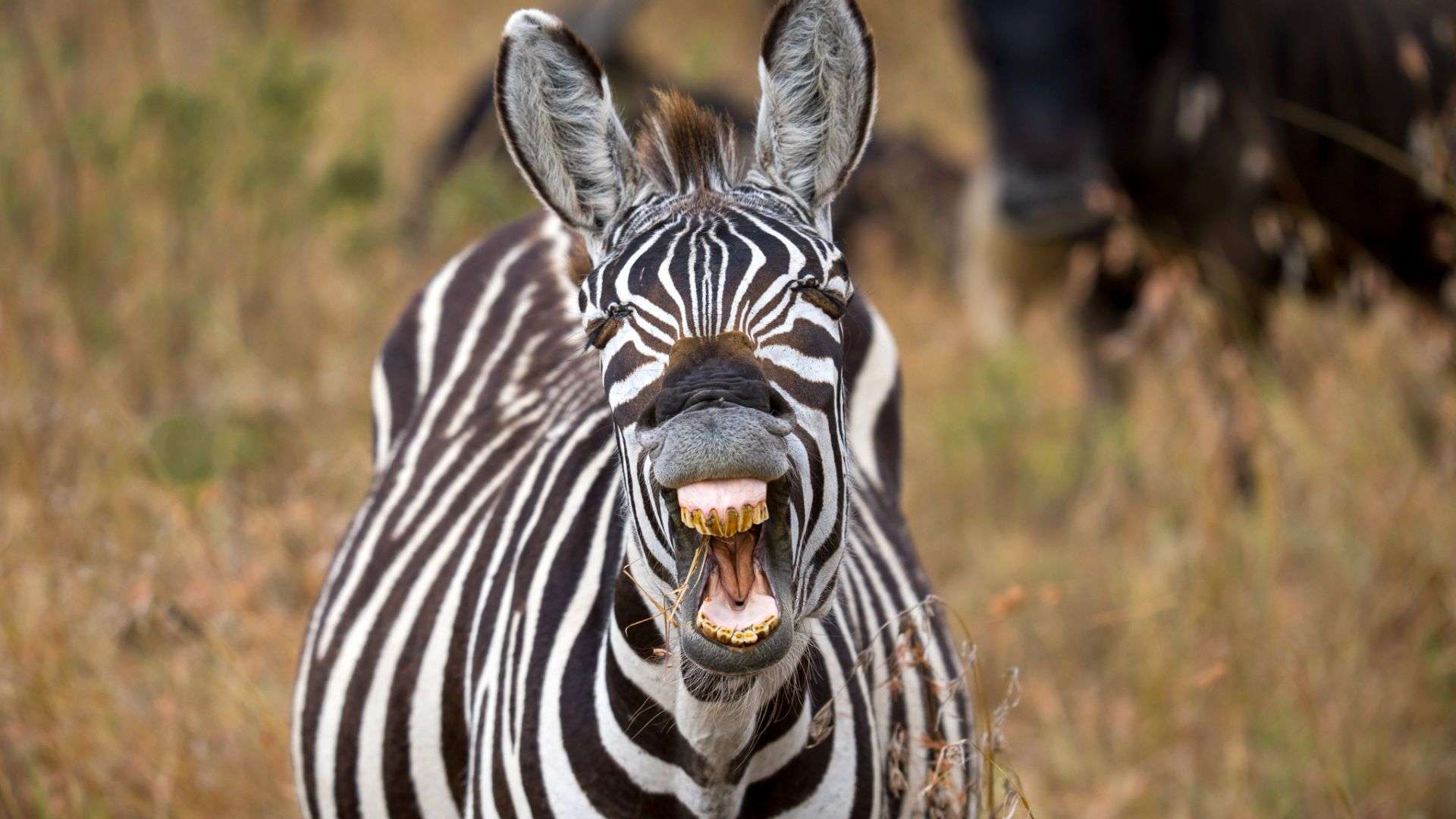
© Danielle Brigida / WWF
Zebras have quite the smile! They are uniquely suited to feed on the taller grasses and prefer them, thanks partly to their teeth and biology. They lack the four-chambered stomachs that ruminants like giraffes and antelopes have, so they eat several small meals daily. Zebras will eat the tall, coarse grasses leaving the rest for others, like wildebeests, who can only eat shorter grasses. This relationship, known as mutualism, works out for both animals and is one of the reasons you’ll see them traveling together.
African Savanna Elephant
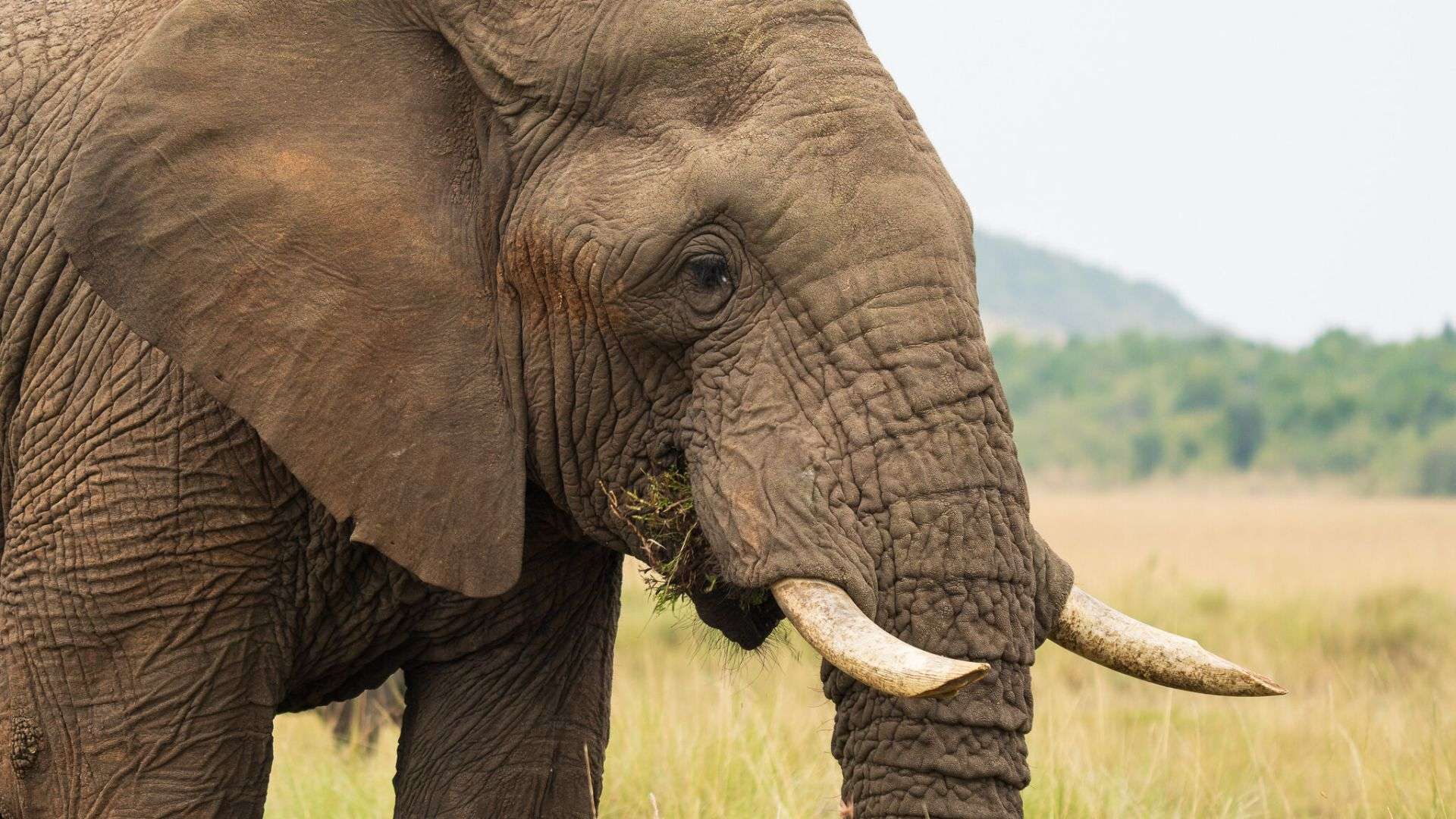
© Danielle Brigida / WWF
Being the biggest terrestrial animal on Earth means you’ve got to eat a lot! African savanna elephants can consume about 220 pounds of food and 26 gallons of water every day. Elephant teeth are vital to their survival and after their teeth wear down in old age, they will not survive long. Their tusks are actually teeth, but they emerge from the skull, making them tusks! Just as humans are left or right-handed, elephants, are left-tusked or right-tusked.
Leopard
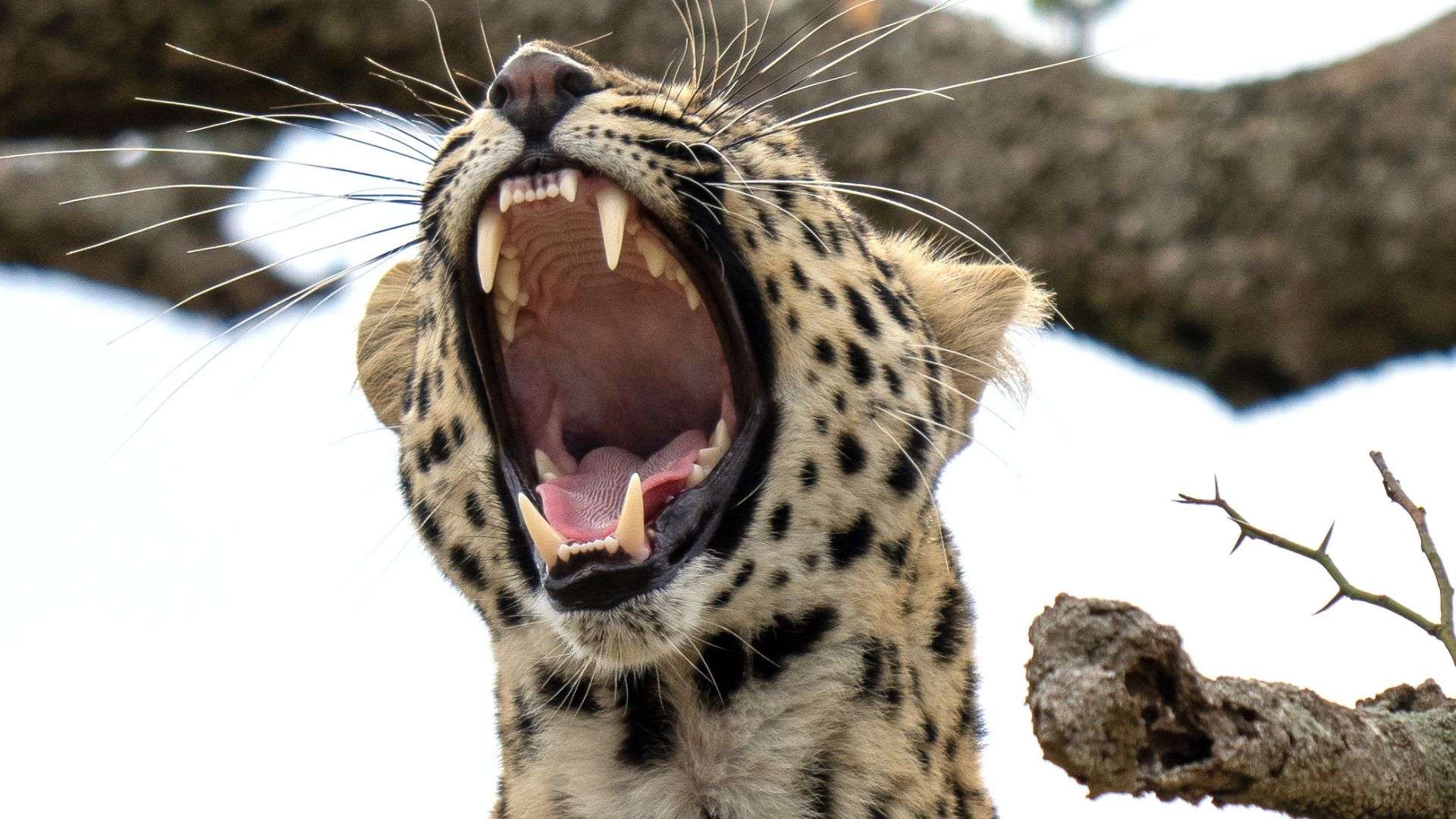
© Danielle Brigida / WWF
Leopards hunt a wide variety of animals on the Mara and take full advantage of the incredible landscape. They have 32 teeth, four of which are very long, pointed canine teeth. While humans also have sharp canine teeth, we have smoother molars. Leopards, however, have sharp teeth all the way to the back of their mouths, called carnassial molars, to shred the tough skin and muscles of their meals.
Waterbuck
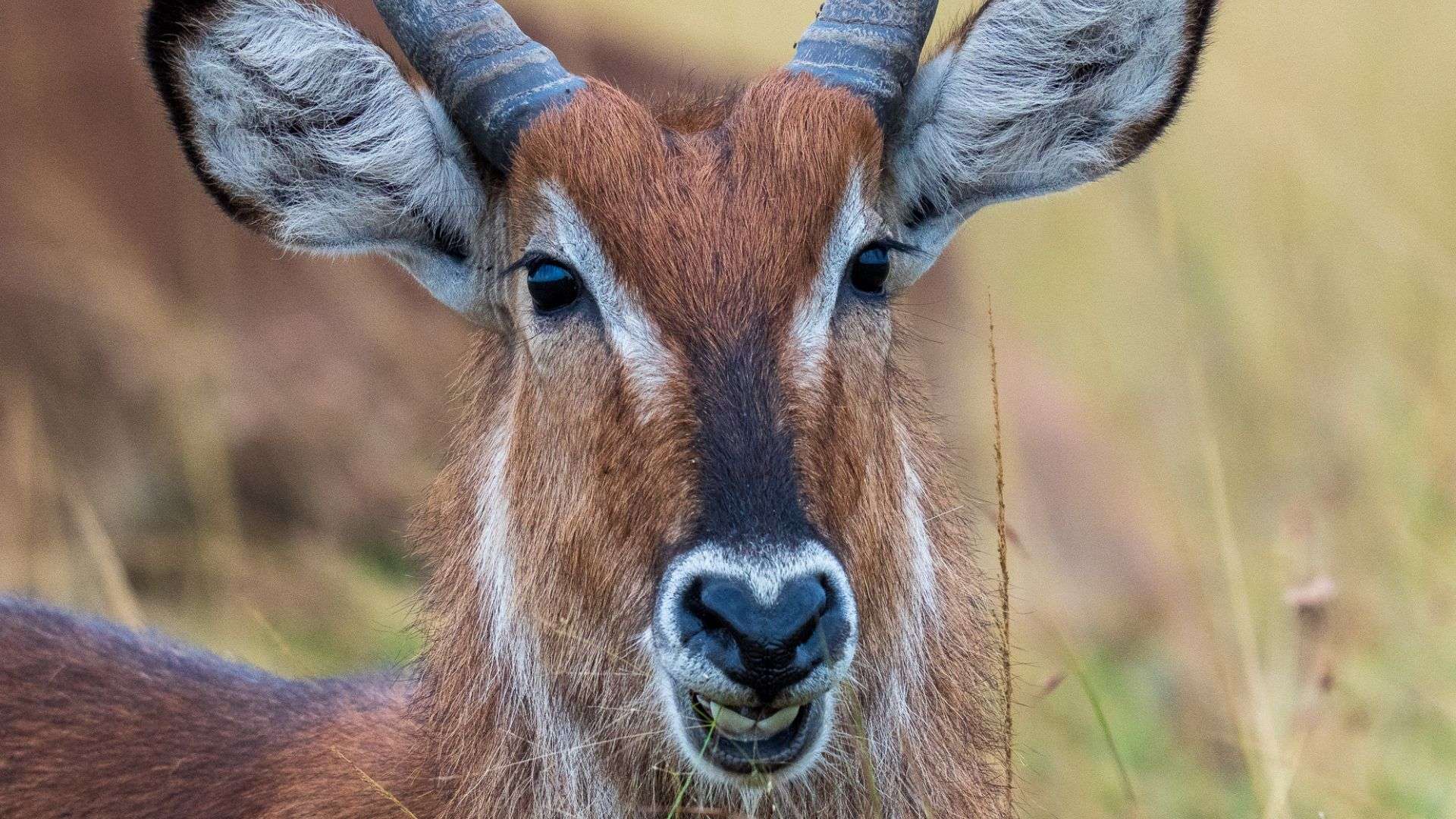
© Danielle Brigida / WWF
Waterbuck are large antelope that use those fine-looking chompers for grazing on medium and short grasses rich in protein. Living near the water, these animals eat the leftovers from other grazers. They’ll browse grasses and leaves that are passed over by others. They also have glands that produce a musky odor that also acts as a bug repellent (you don’t see ticks on waterbuck) and it makes waterbuck not very appetizing to predators. The waterbuck’s pungent odor keeps them as one of the last on the menu for the Mara’s predators!
Nile Crocodile

© Danielle Brigida / WWF
Nile crocodiles are well-fed by life in the Mara, particularly during migrations. They feed by grabbing and holding onto their prey, so their strong jaws and sharp teeth help them grab a meal. Nile crocodiles have a bite force that’s measured to be around 5,000 pounds per square inch (PSI)– while a human’s bite is only about 162 PSI.
Giraffe
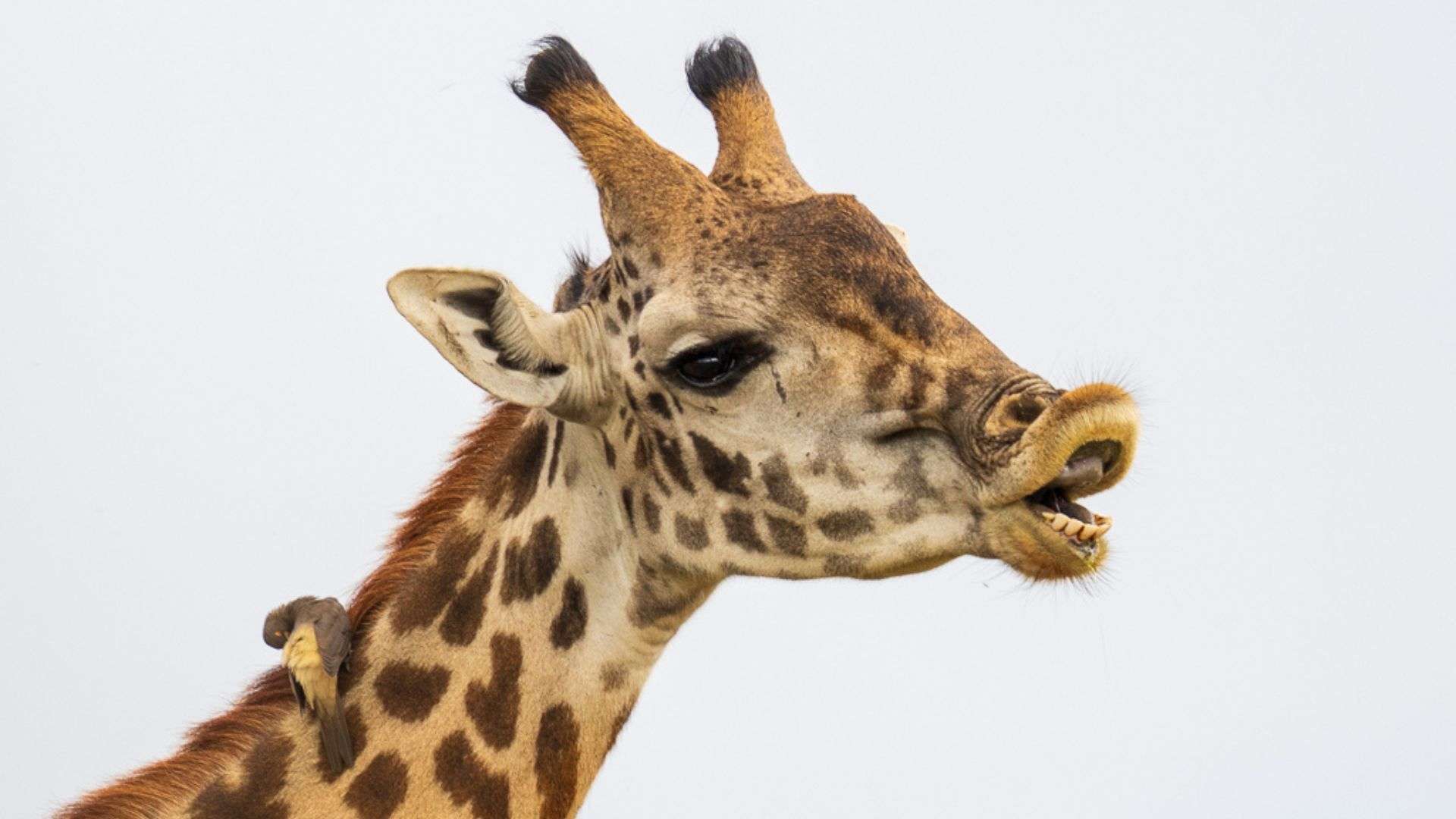
© Danielle Brigida / WWF
Giraffes feed on what’s out of reach for most of the Masai Mara’s animals. But their long necks aren’t their only advantage in their effort to eat leaves off tall trees. They have a tongue that can be up to 21 inches long! Giraffes also lack front teeth on the top of their jaw, allowing easier access for their tongue to reach out and grab leaves. They do have bottom teeth, a hardened dental pad, and plenty of molars at the back of the jaw. Surprisingly, they have the same number of teeth as humans — even without upper front teeth!
Brown Parrot
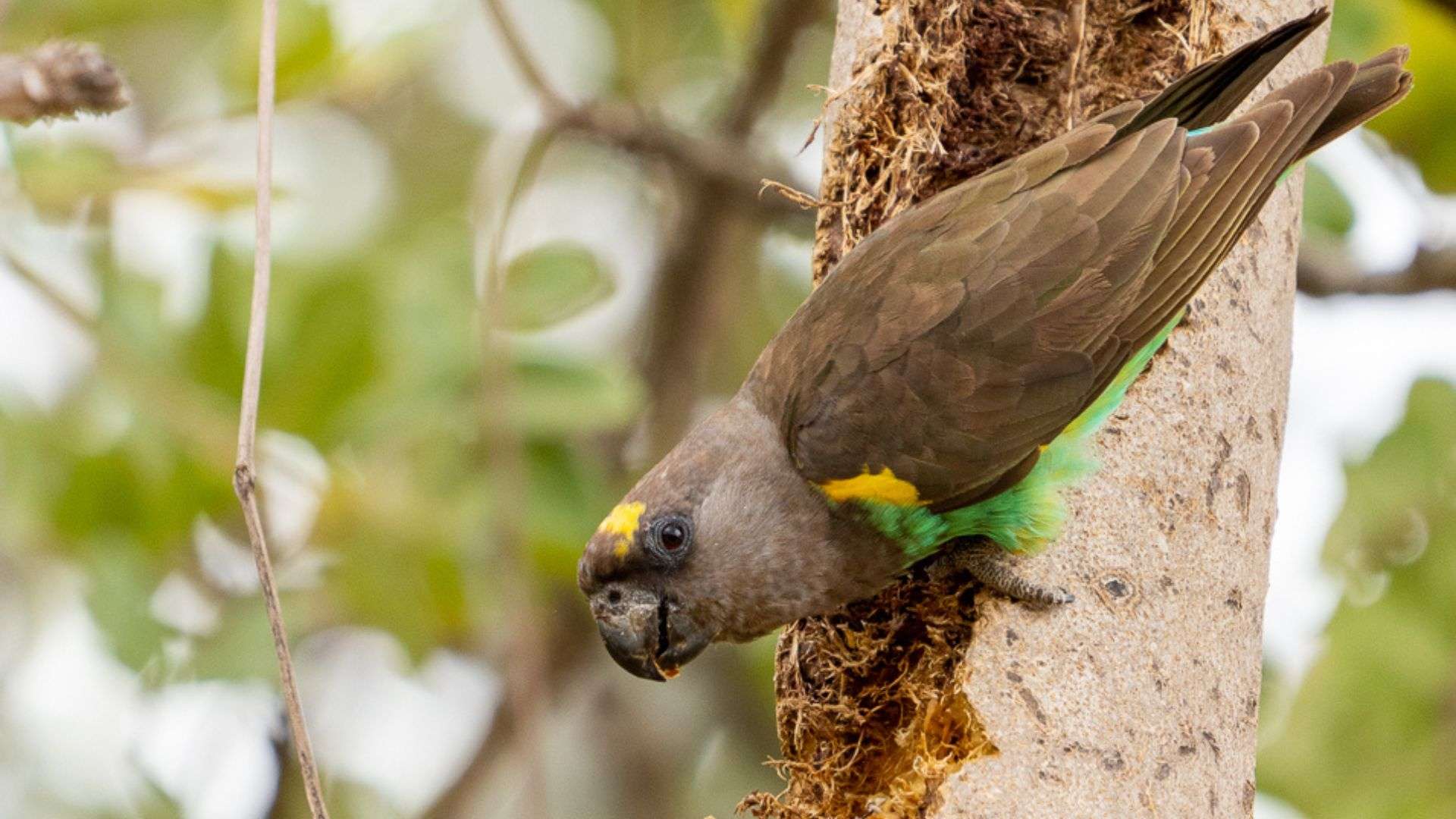
© Danielle Brigida / WWF
an advantage over species that can’t get to the fruit and it’s known to be an opportunistic bird, often feeding on the fruits of sausage trees (pictured above), jackalberry trees, leadwood trees, and sycamore fig trees.
White-backed Vulture
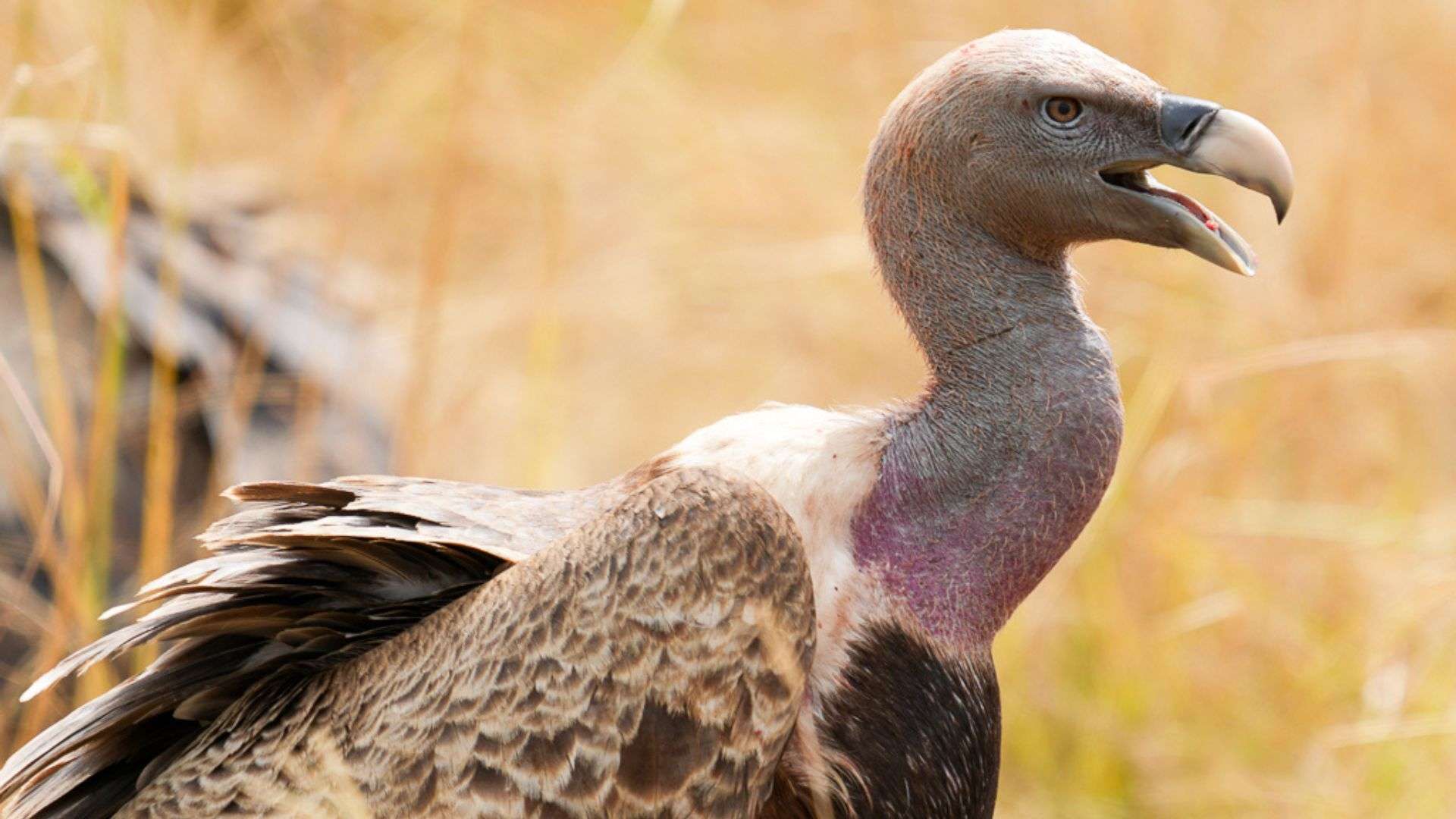
© Danielle Brigida / WWF
White-backed vultures play a vital role in this ecosystem as the clean-up crew. They eat carrion and feed only on recently deceased animals. By quickly consuming the meat and bone fragments before they rot, they help prevent the growth of dangerous bacteria and viruses. Often death will happen to large herbivores at night, giving vultures and other scavengers an early morning feast! Their eating habits help keep the Mara a more sanitary place.
Lion
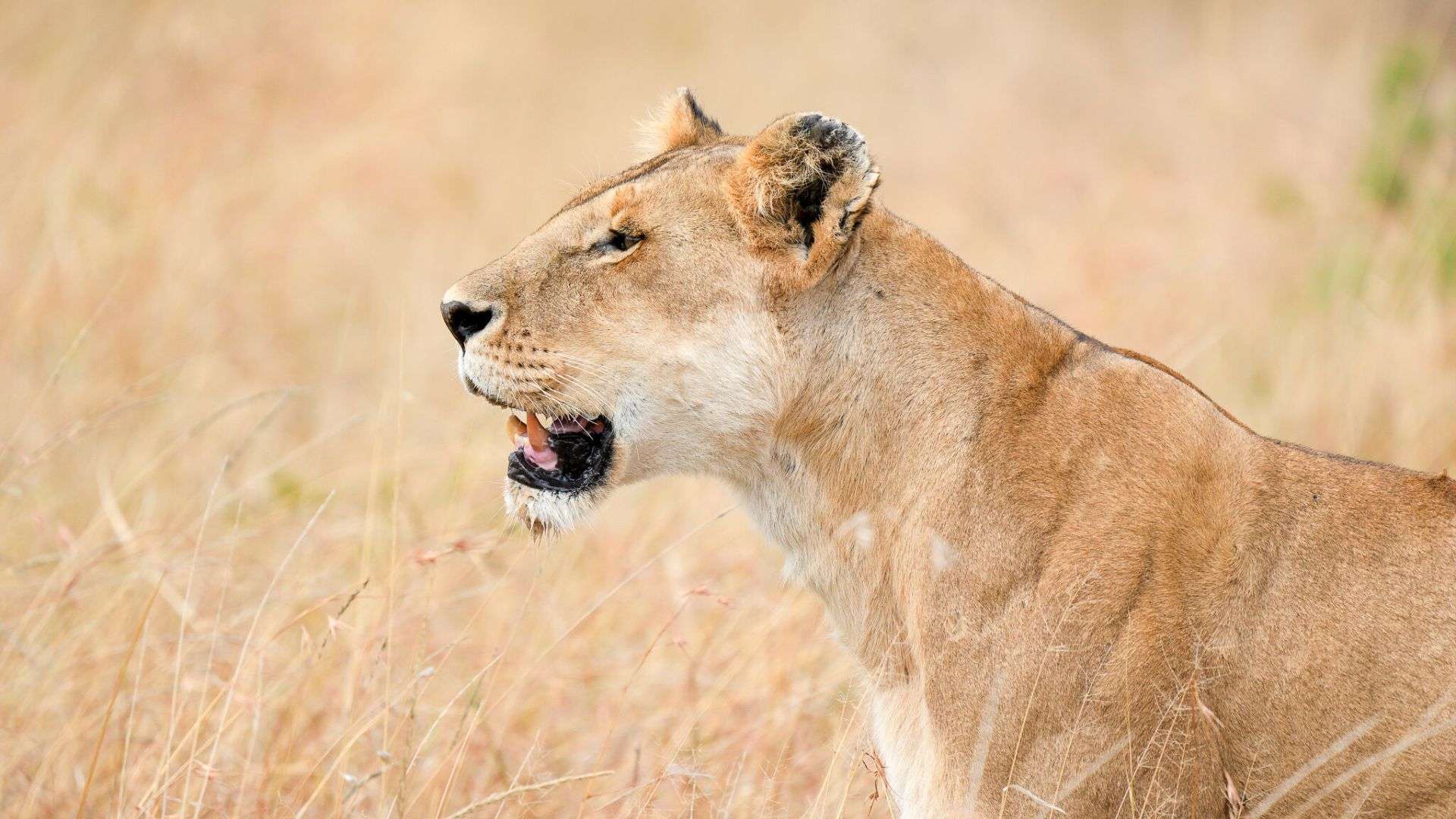
© Danielle Brigida / WWF
Like many carnivores, lions rely on their strong teeth. Lions have three types of teeth, their incisors, their canines to grab and hold onto prey, and their carnassial molars to shear meat. A lion’s sharp canine teeth can be up to 10 centimeters long! They are skilled hunters and play an important role in this ecosystem.
There are many more mouths of the Mara, taking on all shapes and sizes and feeding off the gifts the landscape offers. Living alongside the animals for thousands of years, this landscape has been looked after by the Maasai people. They are one of the big reasons why it still exists. Some of the road networks in the Mara and the Serengeti were at one-point Maasai routes for grazing. They continue to play a vital role in protecting and sustaining the Mara as we know it.
The different ways these mouths feed off this land and survive can provide endless fascination, but they also guide our work at World Wildlife Fund. In collaboration with our partners, we work to protect landscapes that support biodiversity to ensure wildlife have places where they can live out their wild lives with plenty to eat.
By Danielle Brigida, Senior Director of Wildlife Communications & Strategy at World Wildlife Fund (WWF)

